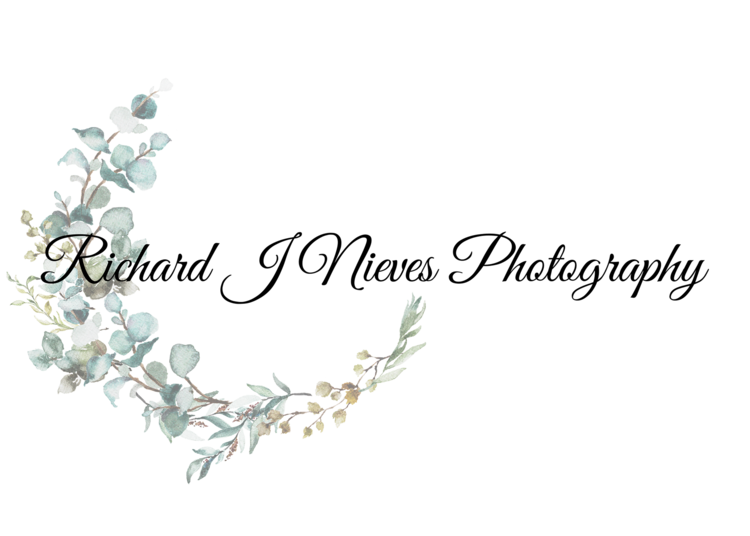The examples above show photos of a fan taken at various shutter speeds. 1/8000, 1/2500, 1/1000, 1/500, 1/200, 1/80, 1/20, 1 second, and 30 seconds respectively. The Aputure was f/4 and the ISO varied between shots.
Take note of the differences in exposure between each photo. The faster the shutter speed, the darker the photo, where as the slower the shutter speed, the more blown out the photo is.
Transcript
Welcome to the third episode of the Richard J Nieves photography podcast. I'm Richard J Nieves portrait and wedding photographer, and owner of Richard J Nieves Photography located in the Bronx in New York City. It's great to have you here, ready to listen, learn and use the information we're putting out here for you today.
We'll be diving into the second section of the exposure triangle called shutter speed. Your DSLR or mirrorless camera has a small shutter that rises and lowers in front of your camera sensor at a specific rate managed by you or the camera's preference, depending on your current mode of shooting, the faster your shutter speed closes, the less light reaches your sensor, oppositely, the slower you show to speed, the more light spilling on your sensor.
I forgot to mention this aspect with aperture in the last post. When your aperture or f-stop, is that a lower number? zero point 95 also referenced as being wide open. The more light is being led onto the sensor. Whereas when you're shooting at an f-stop of F 25, for example, There's a substantial amount of light being blocked by your lens.
The value representing shutter speed on your camera is represented as fractions of a second. For example, my Nikon Z6 can start from 30 seconds, which is the longest available value my camera can manage outside of keeping the shutter open indefinitely, all the way to one eight thousands of a second, which is the fastest my shutter speed will go. Each individual camera has its own maximum and minimum shutter speed.
We'll delve further into the implications of light making contact with your sensor in an upcoming episode, covering the sensor in your camera. When you're capturing a subject, the most important aspect to remember when using shutter speed is if your subject is moving fast, you want a faster shutter speed to quickly capture the moving target.
When you're photographing something that isn't moving very much, such as a client for a portrait session or still objects, you'll typically shoot at a much slower shutter speed. Your shutter speed also affects the sharpness of your photo when in different ranges of motion. When shooting with faster shutter speeds, your photo will geometrically be more in focus compared to shutter speeds.
If you're moving while photographing. When shooting at a slow shutter speed, you typically want to have your camera stable using tools such as a tripod or something fashioned by you so you won't have any unwanted blurring in your image. You can get creative using your shutter speed. Maybe you want to photograph someone in motion, but still sharp while the background is out of focus to show us the subject is moving at faster speeds than usual. Shutter speed adjustment along with aperture will accomplish that for you. I'll have photos with examples in the blog post for this episode, over on my website, www.richardjnphoto.com/blog. Thank you so much for making it to the end of this episode of the Richard J. Nieves photography podcast. It really means the world to me, for you to listen to this information and hopefully incorporate it into your journey with photography.
Please follow me on Instagram at @rich_photog that's R I C H underscore P H O T O G. If you'd like to schedule your next portrait session or give us the honor of photographing your wedding. Visit my website. www.richardjnphoto.com or email Katherine@richardjanphoto.com where my partner will guide you along your journey with us. Don't forget to keep creating. Stay humble and enjoy the journey. Catch you later. .









